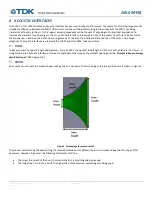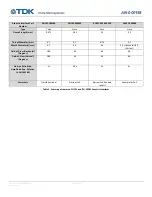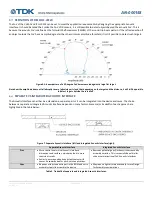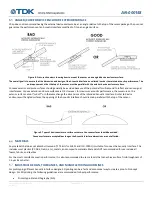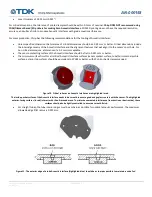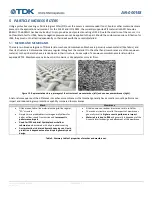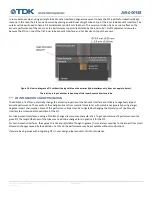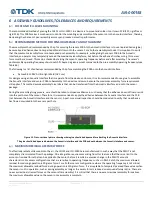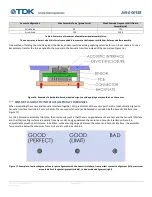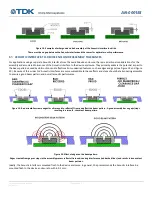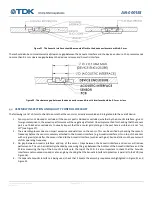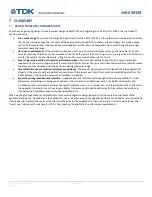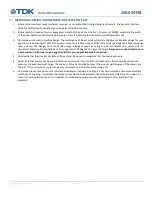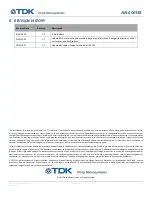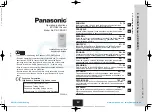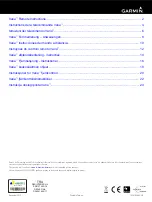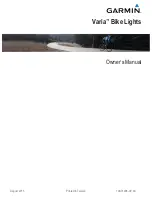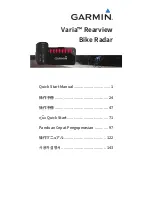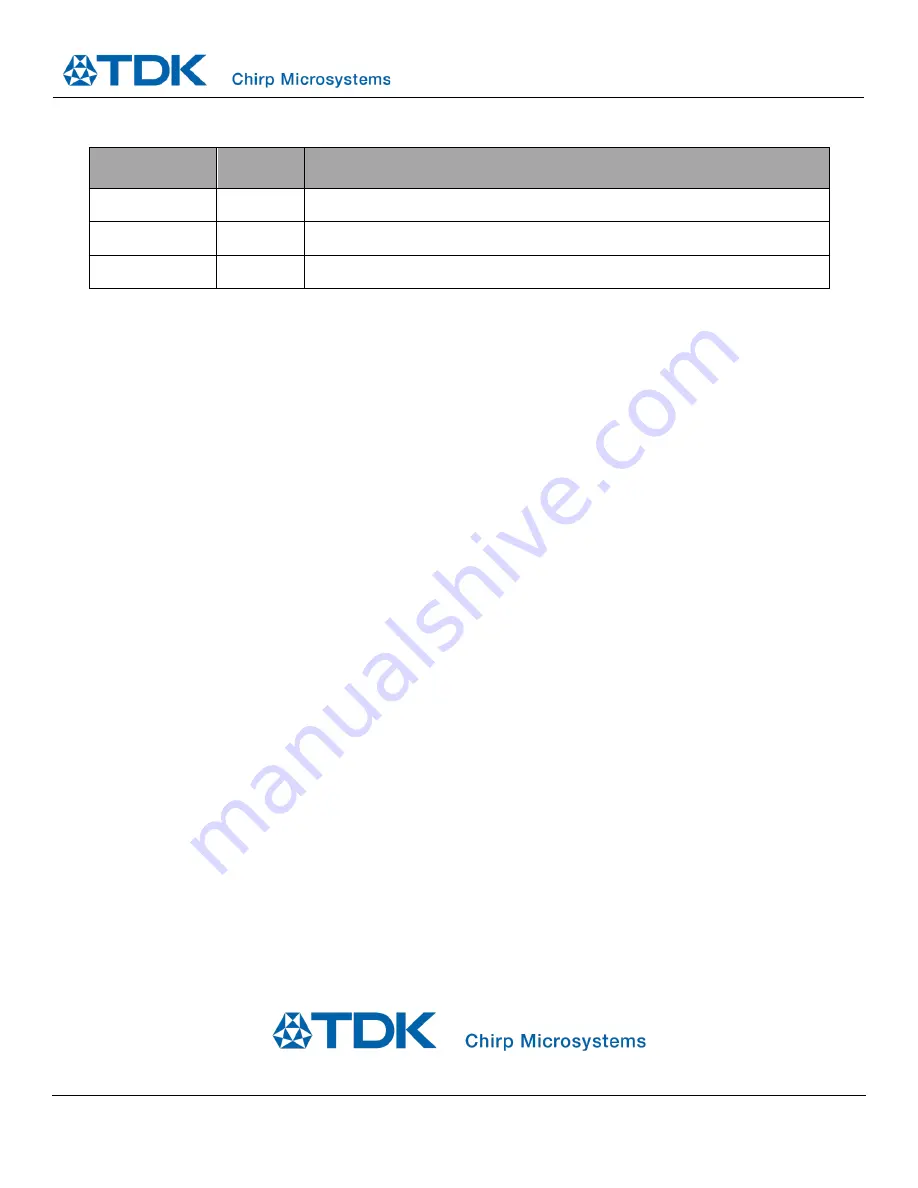
AN-000158
Document Number: AN-000158
Page 22 of 22
Revision: 1.2
8
REVISION HISTORY
Revision Date
Revision
Description
4/25/2020
1.0
Initial Release
9/29/2020
1.1
Updated PIF information and assembly inspection information. Reorganized sections. Minor
corrections and clarifications.
10/6/2021
1.2
Updated document scope to include ICU-10201.
This information furnished by InvenSense, Inc. (“InvenSense”) is believed to be accurate and reliable. However, no responsibility is assumed by InvenSense for its use,
or for any infringements of patents or other rights of third parties that may result from its use. Specifications are subject to change without notice. InvenSense reserves
the right to make changes to this product, including its circuits and software, in order to improve its design and/or performance, without prior notice. InvenSense makes
no warranties, neither expressed nor implied, regarding the information and specifications contained in this document. InvenSense assumes no responsibility for any
claims or damages arising from information contained in this document, or from the use of products and services detailed ther ein. This includes, but is not limited to,
claims or damages based on the infringement of patents, copyrights, mask work and/or other intellectual property rights.
Certain intellectual property owned by InvenSense and described in this document is patent protected. No license is granted by implication or otherwise under any
patent or patent rights of InvenSense. This publication supersedes and replaces all information previously supplied. Trademarks that are registered trademarks are the
property of their respective companies. InvenSense sensors should not be used or sold in the development, storage, production or utilization of any conventional or
mass-destructive weapons or for any other weapons or life threatening applications, as well as in any other life critical applicat ions such as medical equipment,
transportation, aerospace and nuclear instruments, undersea equipment, power plant equipment, disaster prevention and crime prevention equipment.
©2021 Chirp Microsystems. All rights reserved. InvenSense, MotionTracking, MotionProcessing, MotionProcessor, MotionFusion, MotionApps, DMP, AAR, and the
InvenSense logo are trademarks of InvenSense, Inc. The TDK logo is a trademark of TDK Corporation. Other company and product names may be trademarks of the
respective companies with which they are associated.
©2021 Chirp Microsystems. All rights reserved.

